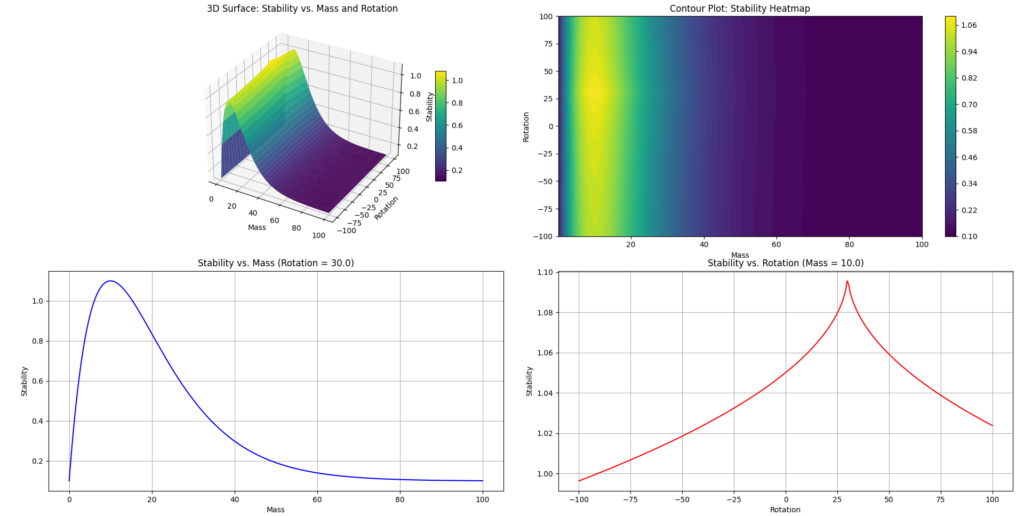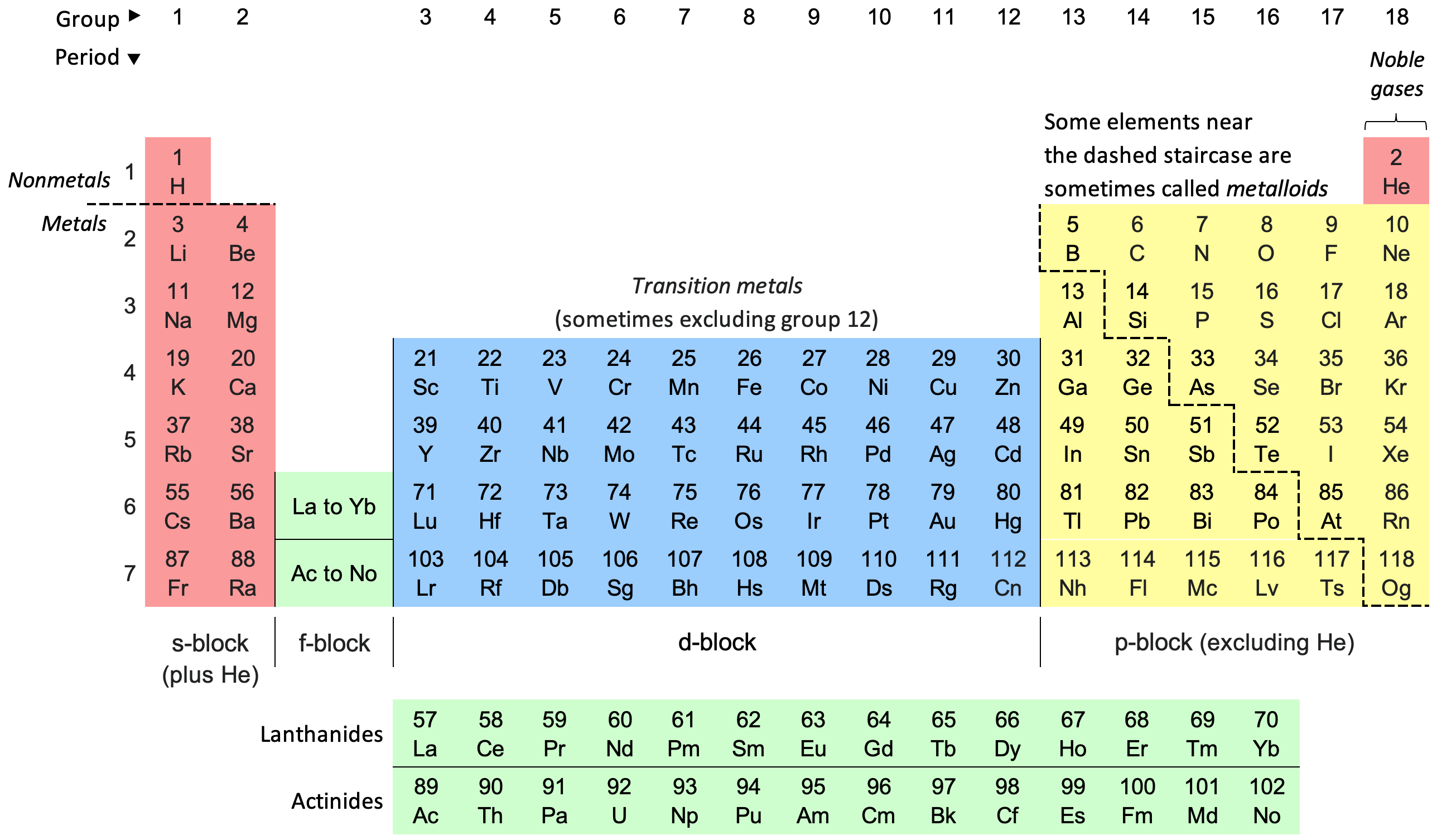Due to Project Alpha’s complex requirements, we will have to define every simulation stage at its smallest and most intricate scale.
As such, the simulation requires a set of natural laws to define gravity, materials, and other fundamental properties.
In other words, we need to establish a system of logic gates that assign attributes and values to represent objects within the universe, enabling interactions to occur.
The Law of Stability
One of the fundamental principles governing the simulation is the Law of Stability, which dictates how objects maintain equilibrium based on their mass and rotational alignment. Stability is not a fixed property but an emergent behavior derived from an object’s physical parameters.
In this model, stability is determined by two key factors:
- Mass Equilibrium – Stability peaks when an object’s mass approaches an optimal threshold, beyond which excessive mass leads to diminishing returns.
- Rotational Alignment – Stability is maximized when an object’s rotation remains within an optimal range, while deviations introduce exponential instability.
Mathematically, this is represented by a function that assigns stability values based on an object’s mass (m) and rotation (θ) relative to their ideal states. The function ensures that stability is never absolute; instead, it fluctuates based on dynamic interactions between these two factors.
Stability as a Constraint
The Law of Stability acts as a regulating force, preventing unnatural states from persisting indefinitely. Objects that deviate too far from their optimal conditions will experience increasing instability, leading to structural decay, disintegration, or forced realignment. This constraint introduces self-regulating properties into the simulation, ensuring that systems evolve within defined physical boundaries.
Moreover, stability influences how objects interact. Entities with high stability serve as structural foundations, while unstable objects are more prone to disruption, collapse, or transformation. This mechanism is crucial for emergent behavior, as it allows complex structures to form organically based on physical rules rather than predefined scripts.
Implications for Simulation Design
The inclusion of the Law of Stability establishes a foundation for emergent physics. It ensures that:
- Self-correcting mechanics prevent infinite stability or unnatural persistence.
- Dynamic interactions are governed by physical constraints, making every simulation state computationally predictable yet fluid.
- Complex structures can emerge naturally as stable entities form while unstable ones decay or reorganize.
This principle is just one component of the broader system of natural laws, each of which must be carefully defined to ensure realism, interactivity, and complexity. Moving forward, additional laws—such as those governing motion, force propagation, and entropy—will be introduced to complete the foundation of the simulated universe.
The following are graphs showcasing the range of stability:


Leave a Reply